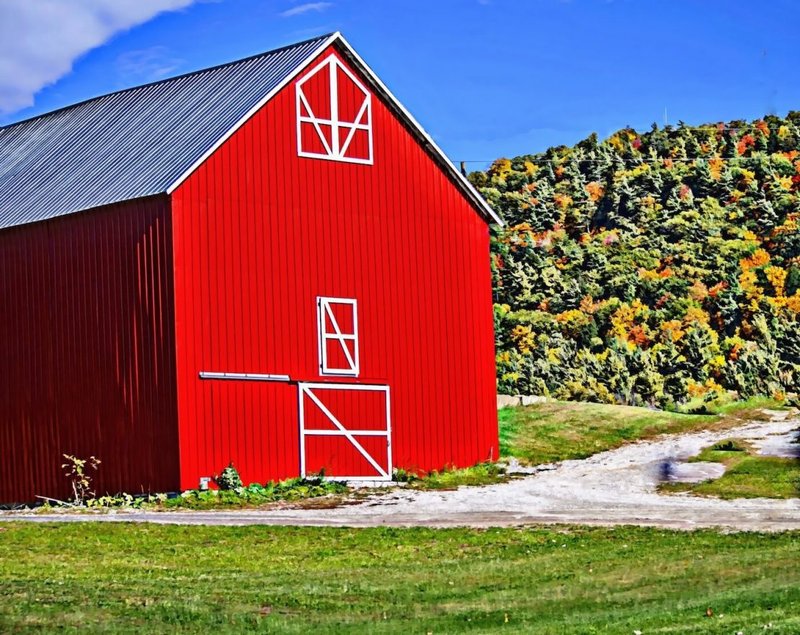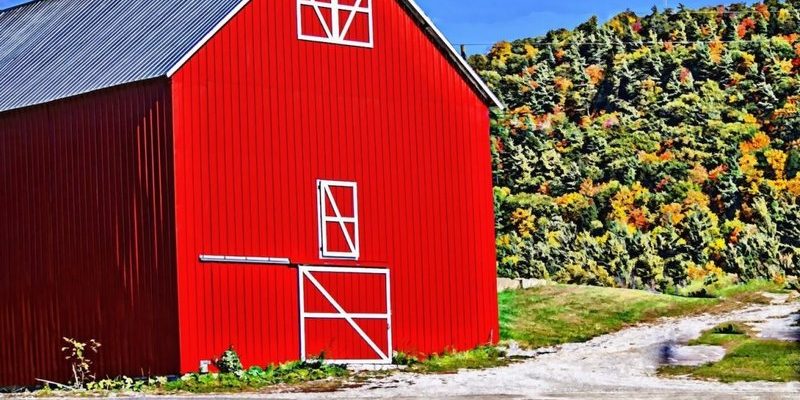
Birds like the barn owl play a crucial role in our ecosystem. They help control rodent populations and do so without using pesticides, which can harm the environment. However, as human activities continue to change the landscape, the barn owl’s future hangs in the balance. You might be wondering what that means. Are barn owls rapidly disappearing, or are they just having a tough time? Let’s break it down.
Understanding the Barn Owl’s Habitat
Barn owls are typically found in open landscapes, including farmlands, grasslands, and even some urban areas. They prefer places where they can find plenty of food—like fields filled with mice and small rodents. Sadly, as more land gets developed for housing and agriculture, these essential habitats are vanishing.
Imagine if your favorite coffee shop suddenly closed down because a big building got put up instead. That’s similar to what barn owls are experiencing. They rely on grassy fields for hunting, and without those, they struggle to find enough food. It’s a tough situation that many wildlife species face today, not just the barn owl.
Furthermore, the availability of suitable nesting sites is a significant concern. Barn owls typically nest in old buildings or tree cavities. As we renovate or tear down these structures, we’re taking away their homes. This loss contributes to their declining numbers, making habitat preservation crucial for their survival.
The Current Status of Barn Owls
You might be asking, “So, are barn owls threatened or endangered?” The answer depends on where you look. In some regions, barn owls are classified as endangered or threatened, while in others, their populations are stable. According to the IUCN Red List, barn owls are currently listed as Least Concern, meaning they are not globally endangered—yet.
However, local populations can tell a different story. In some areas, barn owls have seen significant declines due to habitat loss, poisoning from rodenticides, and road accidents. It’s kind of like a bumpy road trip. You might be okay most of the way, but you hit a rough patch that makes you question the journey’s overall safety.
Conservation efforts vary by location, with some places actively working to create barn owl-friendly environments. These efforts include increasing habitat availability, providing nesting boxes, and educating the public about the importance of these birds in our ecosystem.
Threats to Barn Owls
Barn owls face several threats that have contributed to their declining populations. Here are some key challenges they encounter:
- Habitat Loss: As mentioned earlier, urbanization and agricultural expansion reduce the open landscapes barn owls need.
- Pesticides: Many barn owls fall victim to rodenticides, which poison their prey and, in turn, harm the owls themselves.
- Vehicle Strikes: As they hunt near roads, barn owls can be struck by vehicles, leading to fatalities.
- Climate Change: Changes in climate can disrupt their breeding patterns and food availability.
Imagine living in a beautiful neighborhood, then suddenly it becomes a busy highway. That’s how barn owls feel when their habitats disappear. Addressing these threats is essential for ensuring their survival.
Conservation Efforts
Conservationists and wildlife enthusiasts have been stepping up to help barn owls. You might wonder, “What can be done?” Here are some effective strategies that are making a difference:
- Nesting Box Programs: Many organizations build and distribute nesting boxes to provide safe places for barn owls to raise their young.
- Habitat Restoration: Efforts to restore natural habitats help improve the landscape for these birds, making it easier for them to find food.
- Public Education: Teaching communities about the importance of barn owls can lead to better practices, like using less harmful pest control methods.
These methods show that with a little effort, we can create a better environment for barn owls and other wildlife. It’s like giving your friend a helping hand when they need it most—everyone benefits!
The Role of Barn Owls in the Ecosystem
Barn owls are more than just beautiful creatures; they play a vital role in maintaining ecological balance. By controlling rodent populations, they help keep various ecosystem elements in check. When barn owls thrive, it usually indicates a healthy environment.
Think of them as nature’s pest controllers, offering a natural solution without the use of chemicals. This healthy balance is essential not only for barn owls but for all wildlife. It’s a reminder that when we protect one species, we’re really protecting a whole community of life that relies on each other.
Plus, barn owls contribute to local economies through ecotourism. People travel to see these stunning birds in their natural habitats, boosting local communities. When we cherish wildlife, it helps everyone.
What You Can Do to Help
Feeling inspired? There are several ways you can contribute to the conservation of barn owls. Here are some easy steps you can take:
- Support Local Conservation Efforts: Get involved with local wildlife organizations focused on barn owl conservation. Volunteer, donate, or spread the word.
- Create Habitat: If you have space, consider making your yard more wildlife-friendly. Native plants can attract various animals, including barn owls.
- Spread Awareness: Talk to your friends and family about barn owls and their importance. The more people who understand, the better chance these birds have.
By taking these small steps, you can be part of a bigger movement to protect barn owls and ensure they continue to grace our skies for years to come.
So, are barn owls threatened or endangered? It’s a complicated situation. While they aren’t globally endangered, many local populations face serious threats. Their numbers fluctuate based on environmental factors and human impact. But, with awareness and action, we can help these stunning birds thrive.
Next time you spot a barn owl soaring through the evening sky, remember that they need our support. By appreciating and actively participating in their conservation, we can ensure these captivating creatures remain a part of our world—lending their beauty and grace to our landscapes for generations to come.

